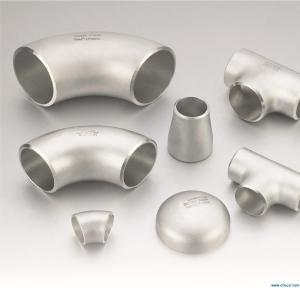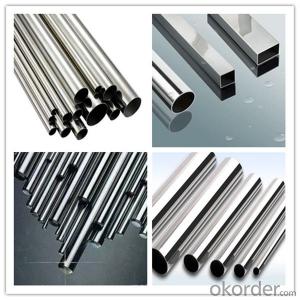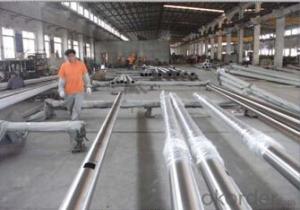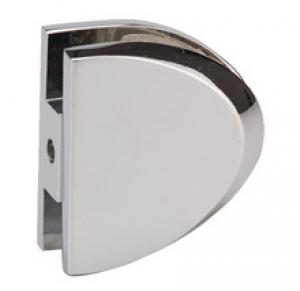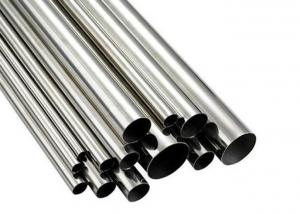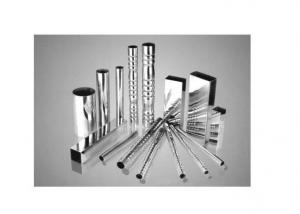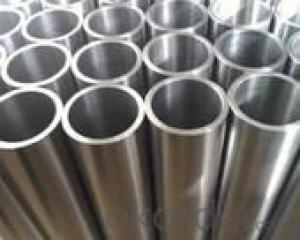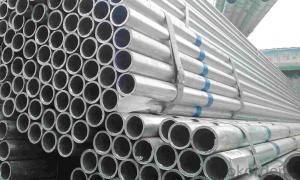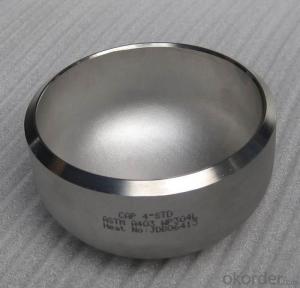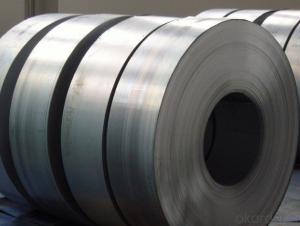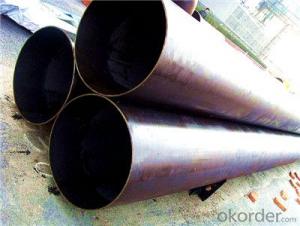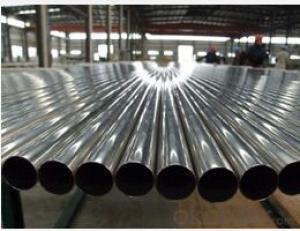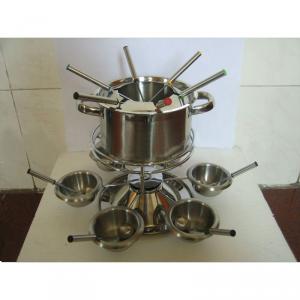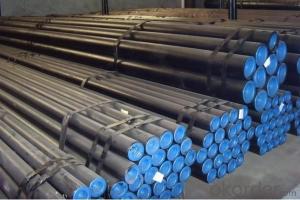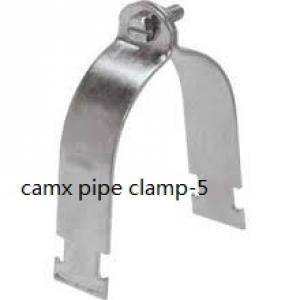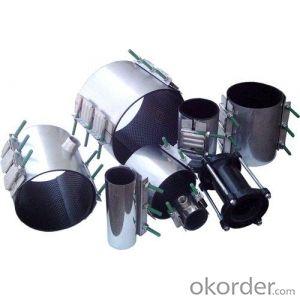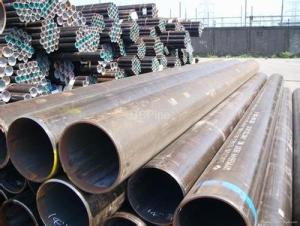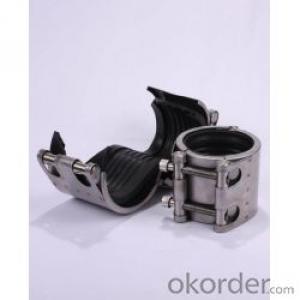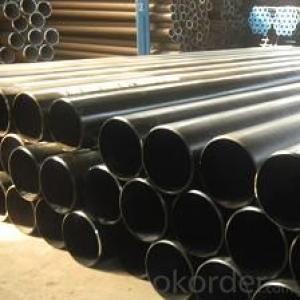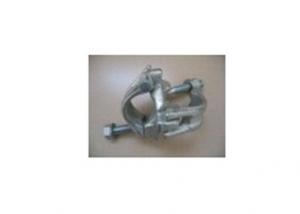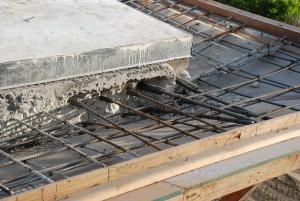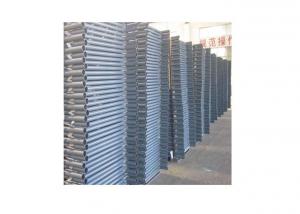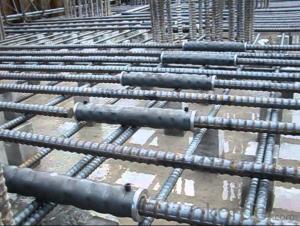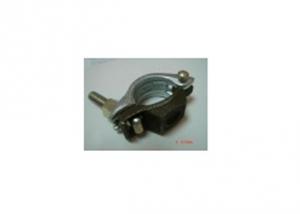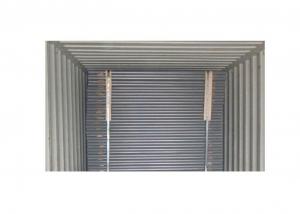Chimney Caps Stainless Steel
Chimney Caps Stainless Steel Related Searches
Stainless Steel Chimney Caps Chimney Cap Stainless Steel Stainless Steel Chimney Cap Chimney Pipe Stainless Steel Stainless Steel Cap Stainless Steel Chimney Pipe Stainless Steel End Caps Stainless Steel Chimney Chimney Liner Stainless Steel Stainless Steel Pipe Clamps Stainless Steel Pipes Stainless Steel Chimney Liners Stainless Steel Snaps Canisters Stainless Steel Stainless Steel Pipe Clamp Stainless Steel Tube Clamps Stainless Steel Tap Stainless Steel Chimney Liner Stainless Steel Tape Canister Sets Stainless Steel Stainless Steel Piping Pipe Stainless Stainless Steel C Clamps Stainless Steel Counter Tops Stainless Steel Beam Clamps Wine Glasses Stainless Steel Shelves Stainless Steel Stainless Steel Cabinets Industrial Stainless Steel Clips Stainless Steel SetsChimney Caps Stainless Steel Supplier & Manufacturer from China
Chimney Caps Stainless Steel are specially designed products that are crafted from high-quality stainless steel material, providing durability and resistance to various weather conditions. These caps are essential for protecting your chimney from debris, rain, and even animals that may find their way into your chimney. They are designed to fit securely on top of your chimney, ensuring that your home remains safe and secure.The application and usage scenarios of Chimney Caps Stainless Steel are vast, as they are suitable for both residential and commercial properties. They are commonly used to prevent chimney fires, block drafts, and reduce heat loss, making them an essential addition to any chimney system. By installing these caps, homeowners can also enjoy a reduction in creosote buildup, which is a common issue that can lead to chimney fires. Furthermore, these caps are effective in keeping out pests such as birds, squirrels, and other animals that may cause damage to the chimney structure.
Okorder.com is a reputable wholesale supplier of Chimney Caps Stainless Steel, boasting a large inventory that caters to the needs of various customers. With their extensive range of products, they ensure that clients can find the perfect fit for their chimney systems. As a trusted supplier, Okorder.com offers competitive prices and reliable service, making them the go-to choice for those seeking high-quality Chimney Caps Stainless Steel.
Hot Products
